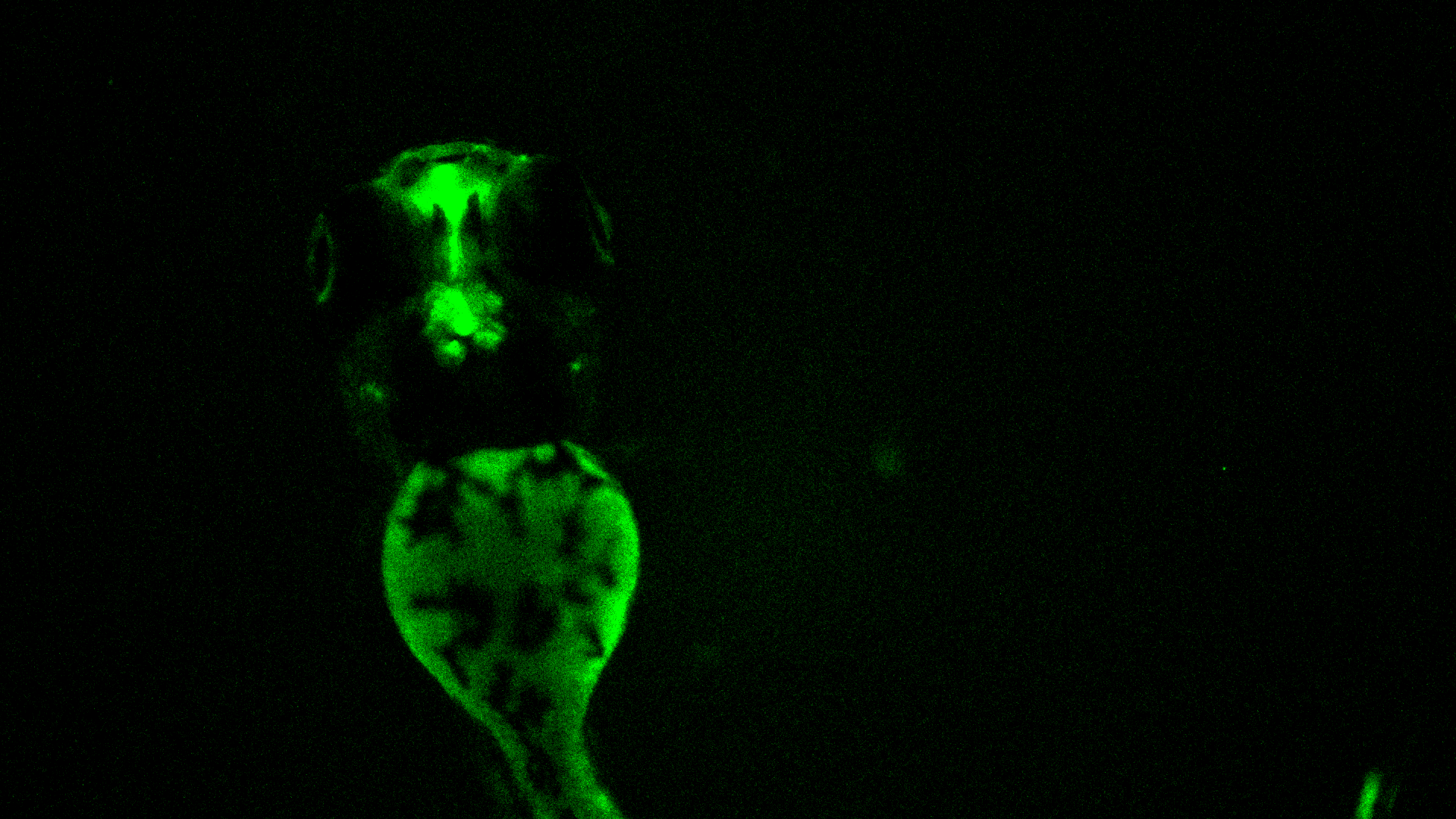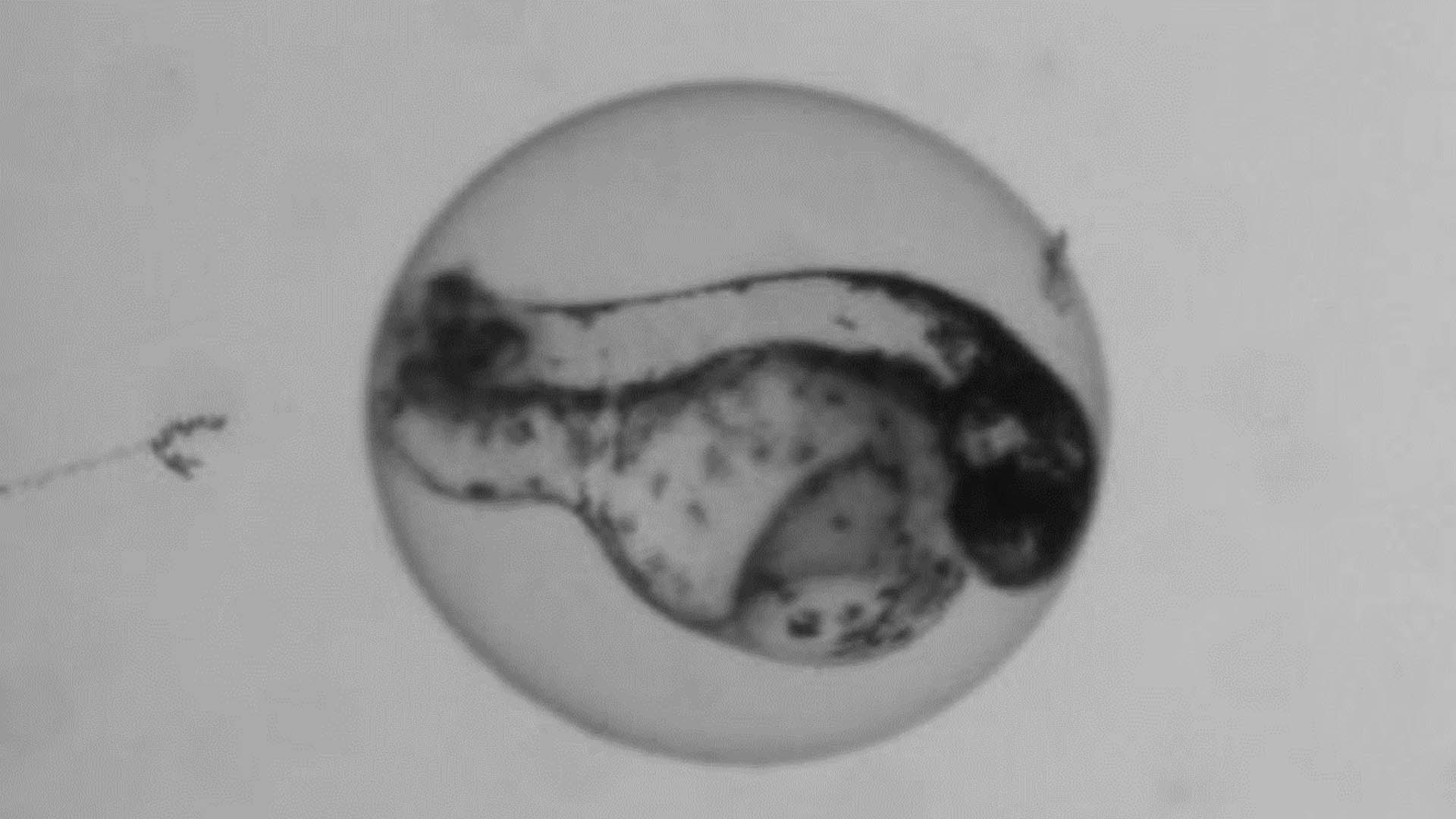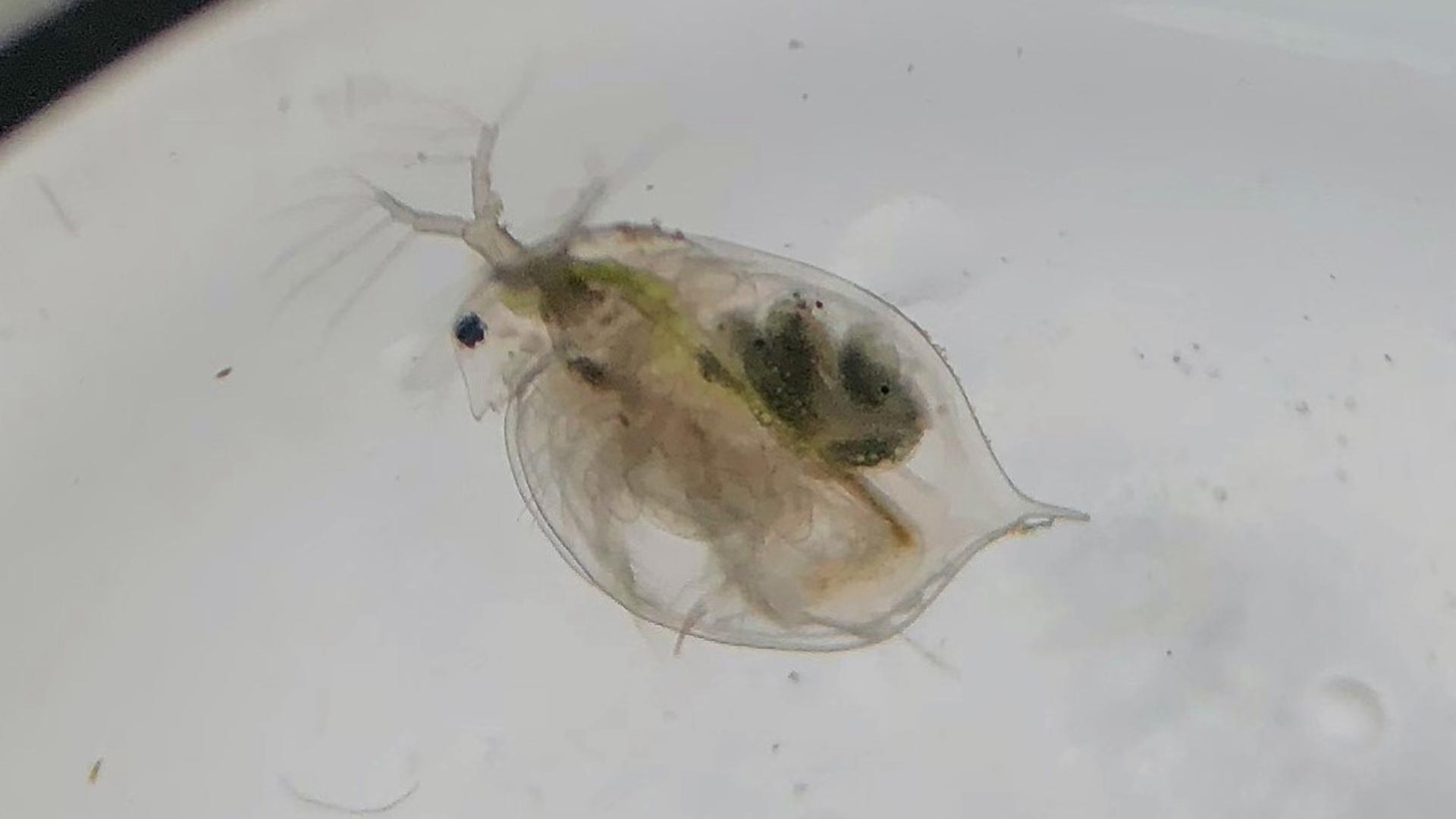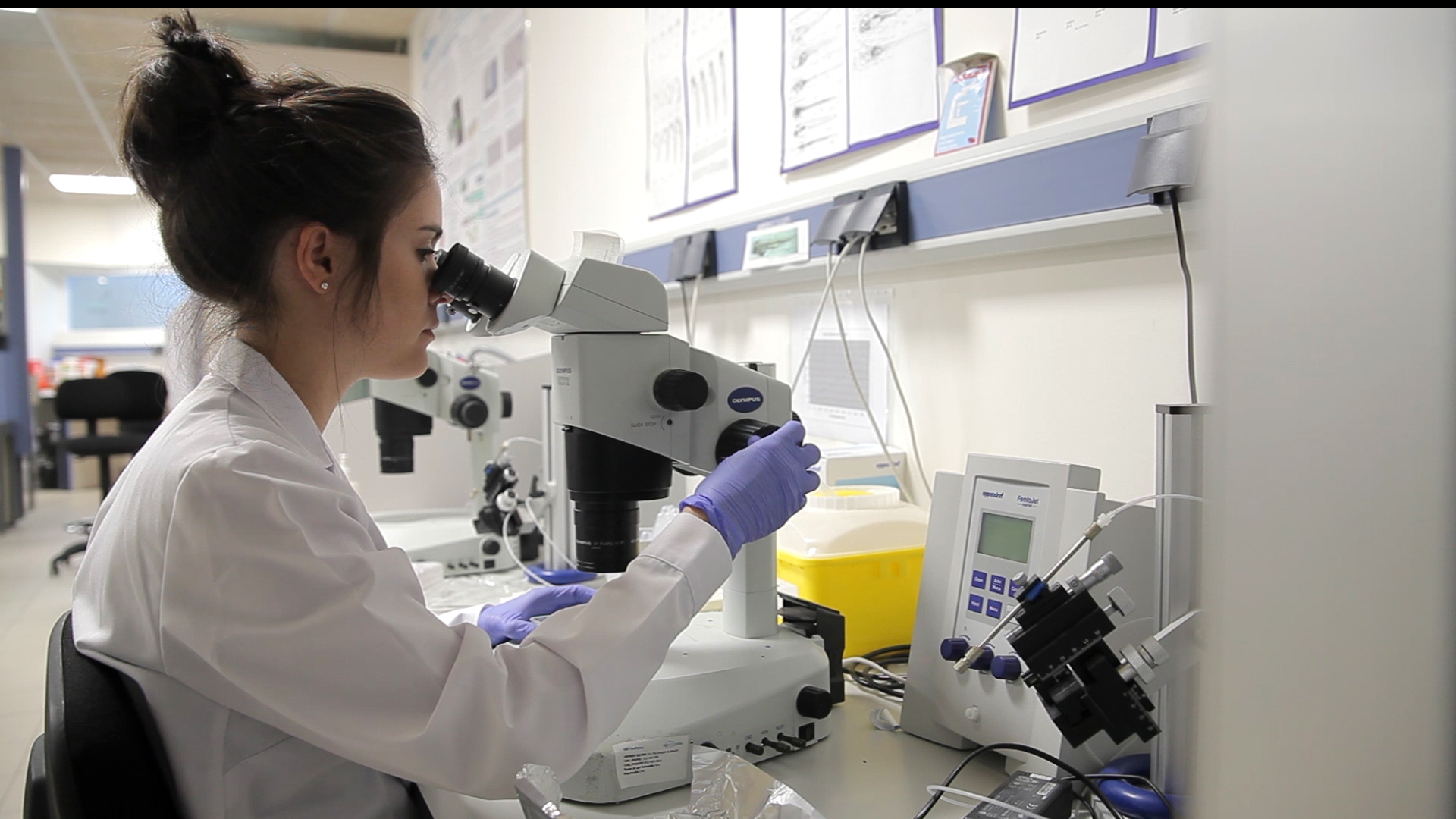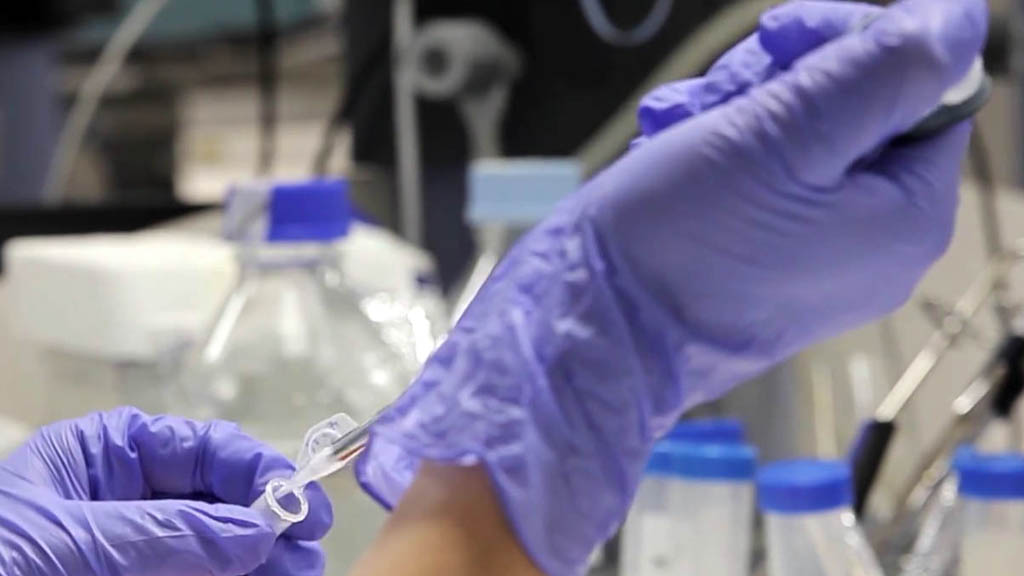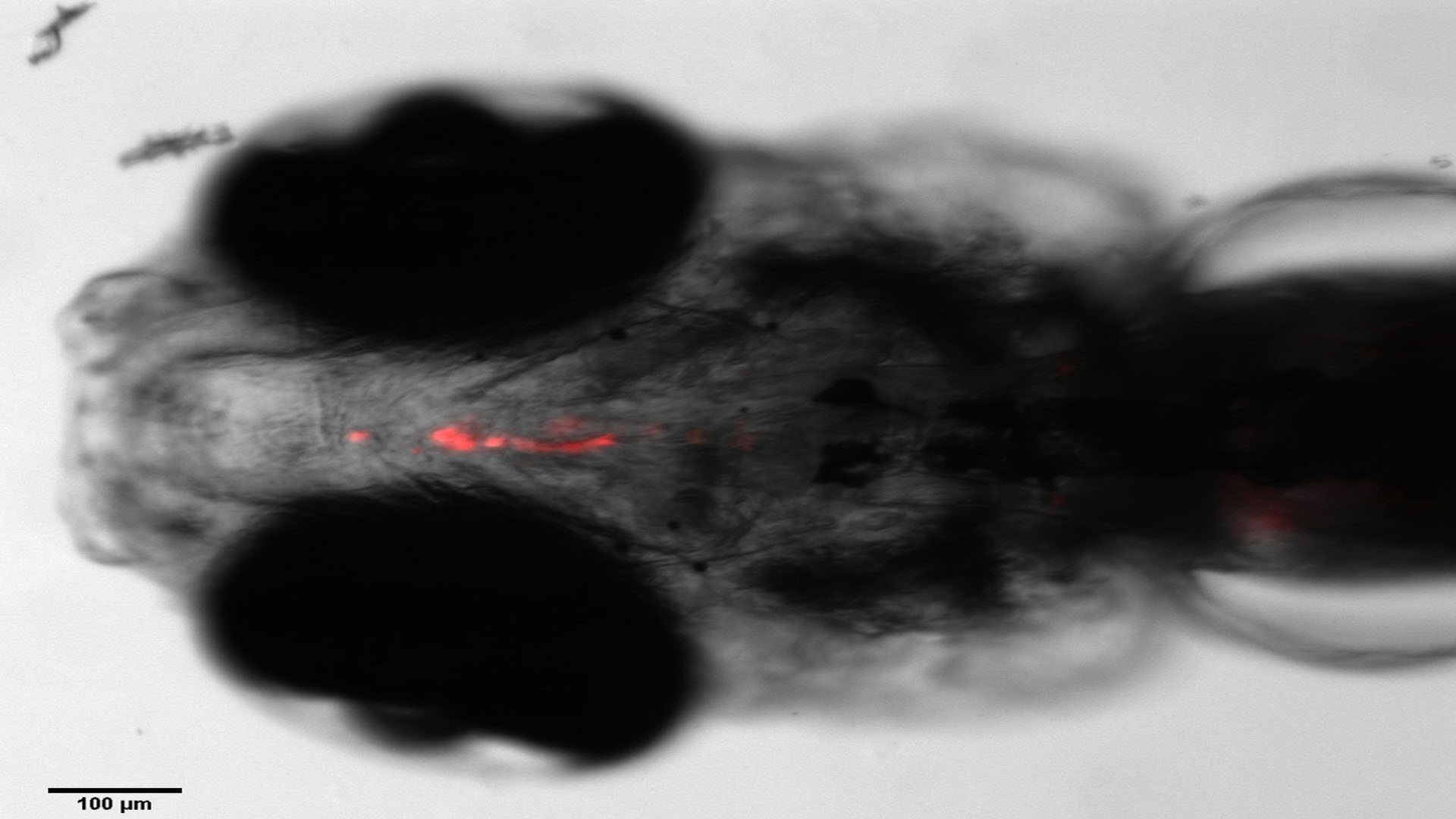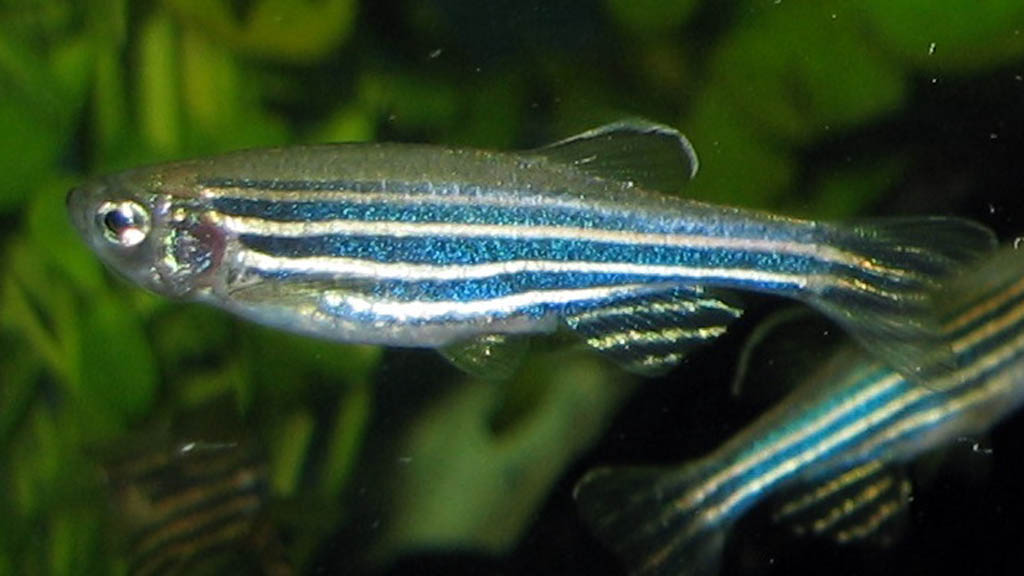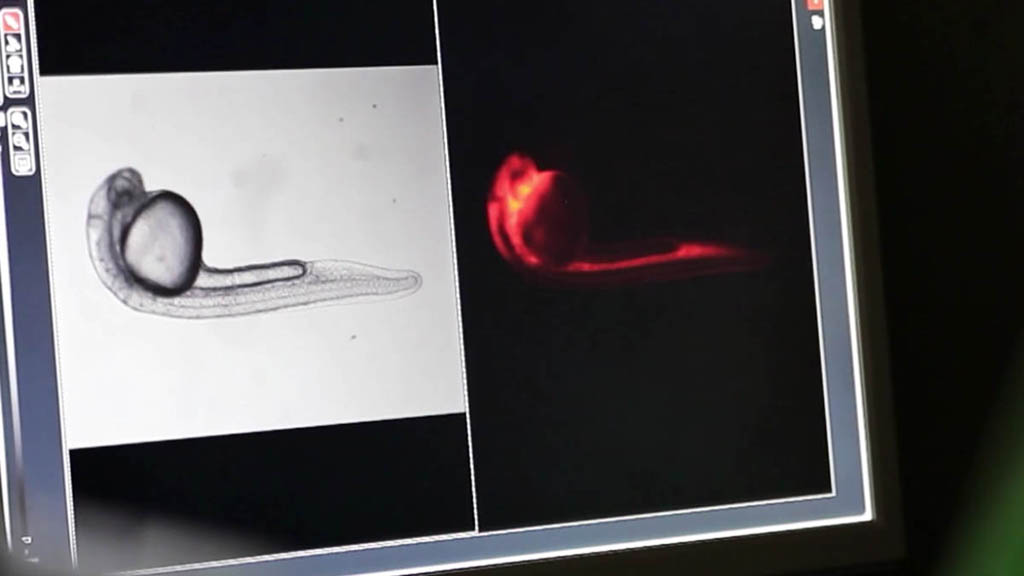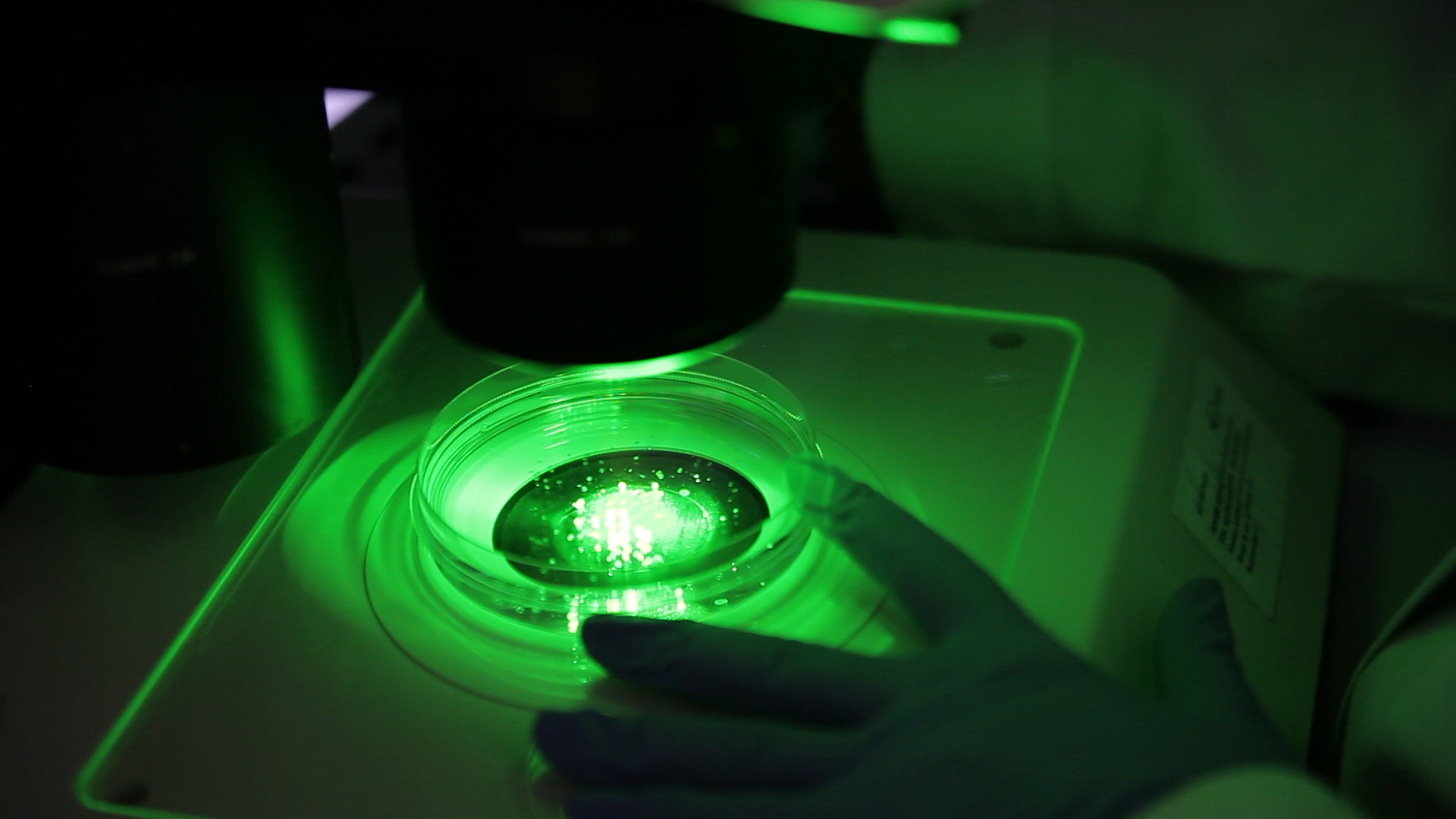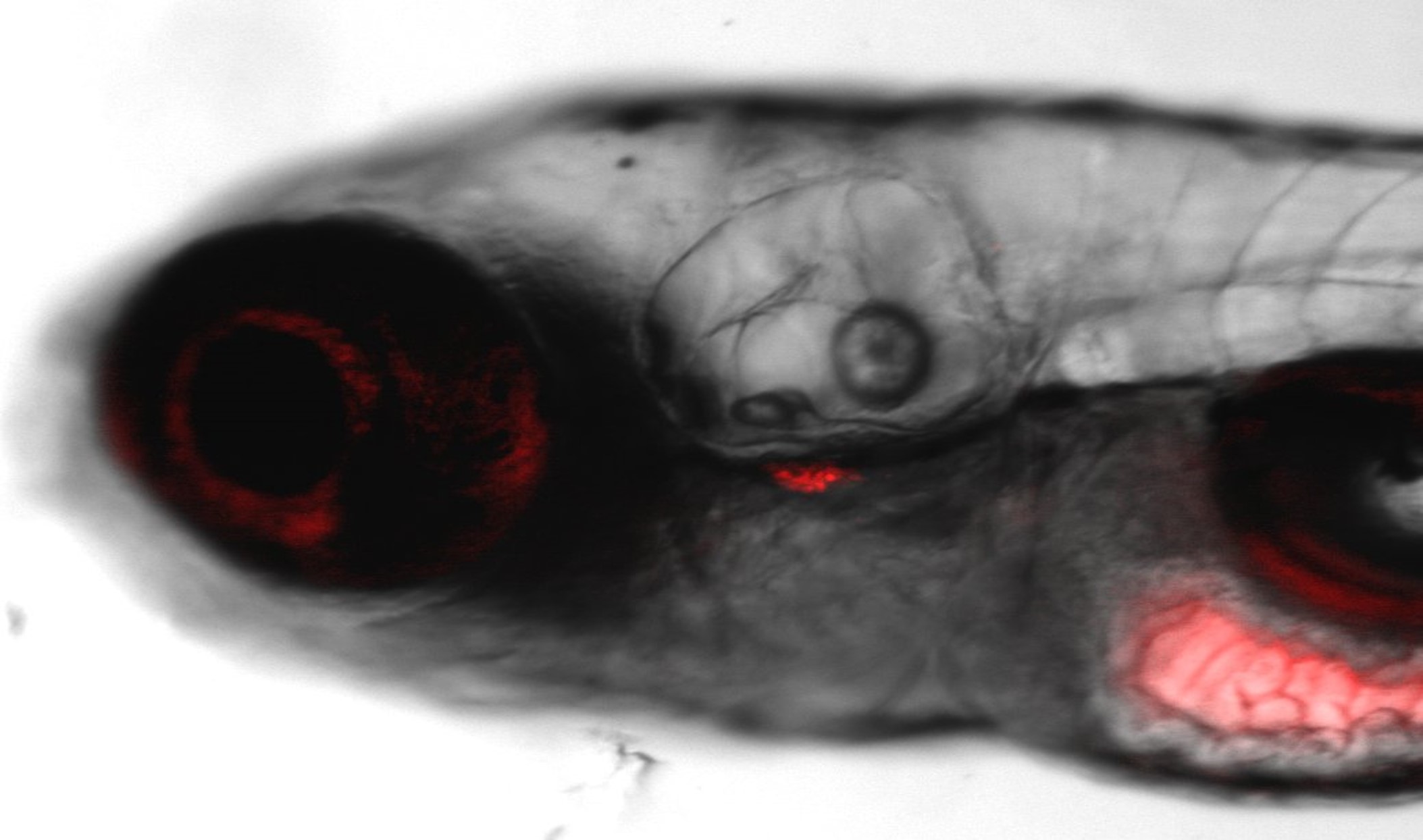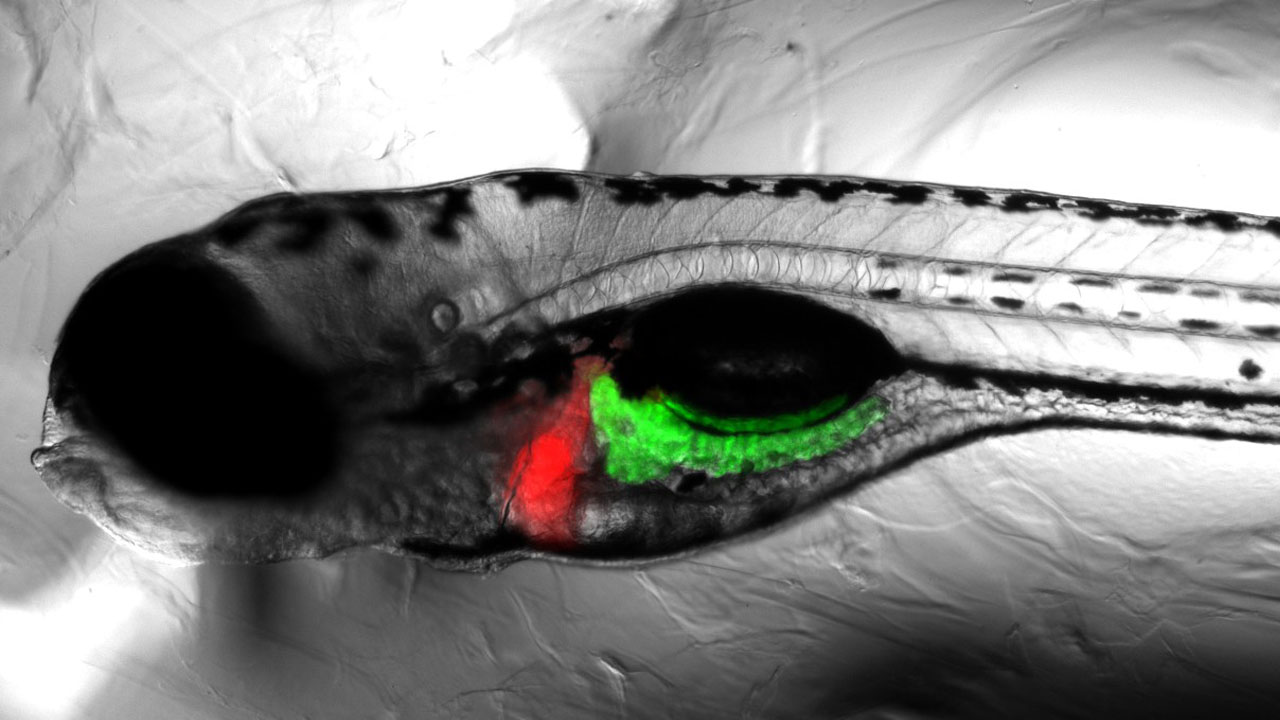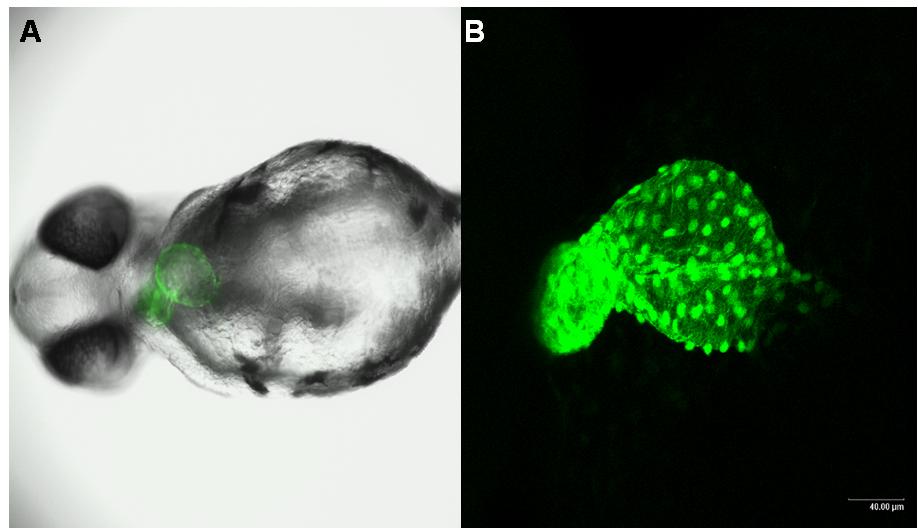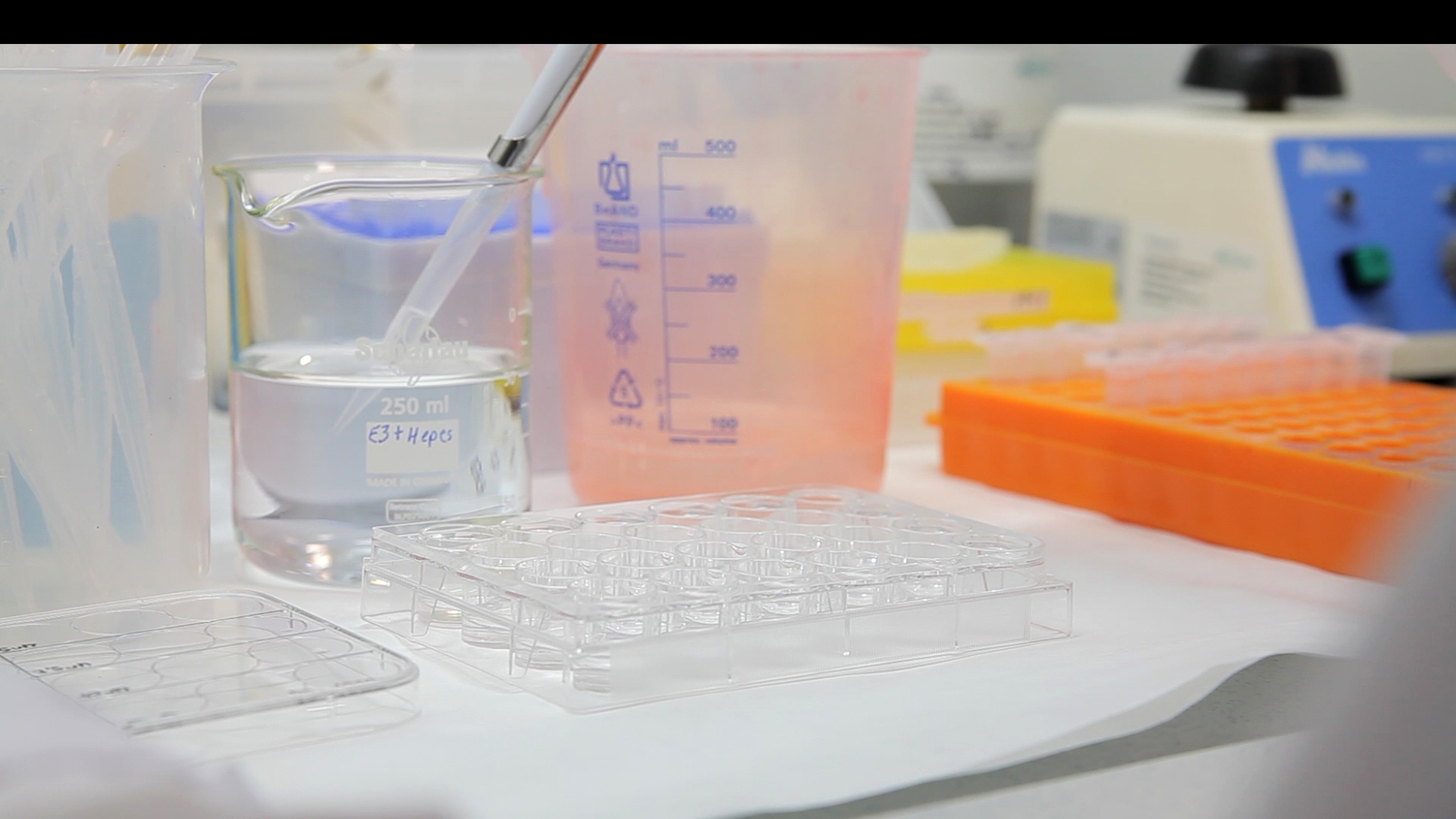Target validation
Target identification and validation is gaining relevance in early phases of Drug Discovery. This process allows characterizing the role of a protein or pathway of interest and provides selection arguments to define the required properties of the compounds to be screened. So far, many in silico and in vitro techniques have failed due to the pharmacological promiscuity of the compounds as well as the lack of complete information about protein interaction and compensation.
Zebrafish shows a great potential to be used in early stages of discovery, thanks to its properties that include transparency, easiness to treat with compounds, high conservation with other vertebrates, cost-effectiveness and possibility to generate transgenic lines targeting specific organs and pathways. Zebrafish has also been proposed as a good model to validate a target function due to its capacity to assess a specific process combined with a general toxicity assessment of drug screening.
Services
-
EASZY Assay: Estrogen Pathway
Ecotox-Assays / Specific-Toxicity-Assays / -
Zebrafish Sperm Cryopreservation and In Vitro Fertilization
Specific-Toxicity-Assays / -
Zebrafish Models for Amyotrophic Lateral Sclerosis
Specific-Toxicity-Assays / -
Kidney Toxicity
Specific-Toxicity-Assays / -
Sperm quality assessment
Specific-Toxicity-Assays / -
Muscle toxicity
Specific-Toxicity-Assays / -
Acutetox Assay - Ecotox
Ecotox-Assays / -
Daphnia Immobilization
Ecotox-Assays / -
Microplate Alga Growth Inhibition Test
Ecotox-Assays / -
Antioxidation Assay
Efficacy-Assays / -
Regeneration Assay
Efficacy-Assays / -
Melanin Quantification Assay
Efficacy-Assays / -
Thyroid Disruption Assay
Ecotox-Assays / -
Neurodegenerative and Rare Diseases
Efficacy-Assays / Disease-Model-Generation / -
Cancer: Angiogenesis Inhibition Assay
Efficacy-Assays / -
Multitox Assay
Specific-Toxicity-Assays / -
Immunotox Assay
Specific-Toxicity-Assays / -
Ototox Assay
Specific-Toxicity-Assays / -
Neurotox Assay
Specific-Toxicity-Assays / -
Hepatotox Assay
Specific-Toxicity-Assays / -
Cardiotox Assay
Specific-Toxicity-Assays / -
Teratotox Assay
General-Toxicity-Assays / -
Acutetox Assay
General-Toxicity-Assays / -
Disease Model Generation
Disease-Model-Generation / -
Target validation
Target-Validation /



